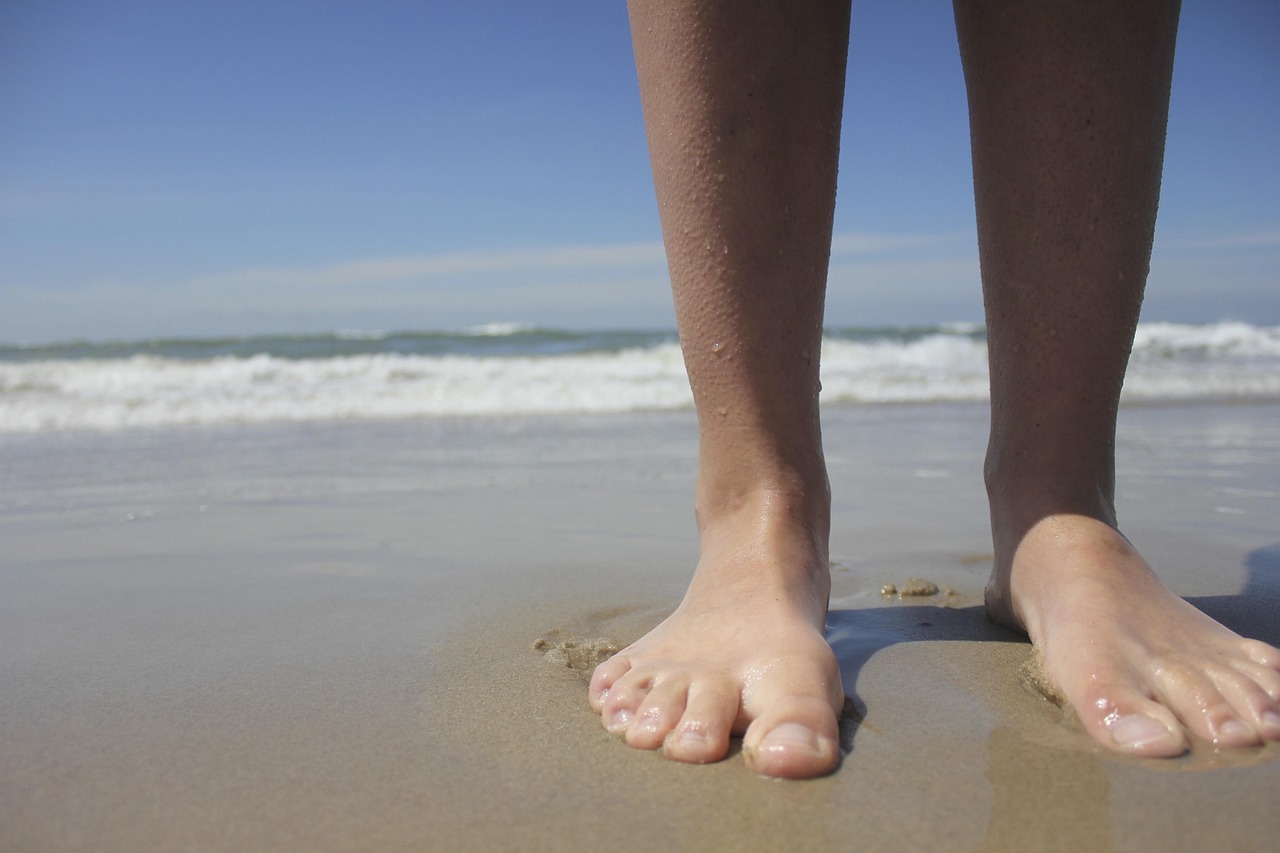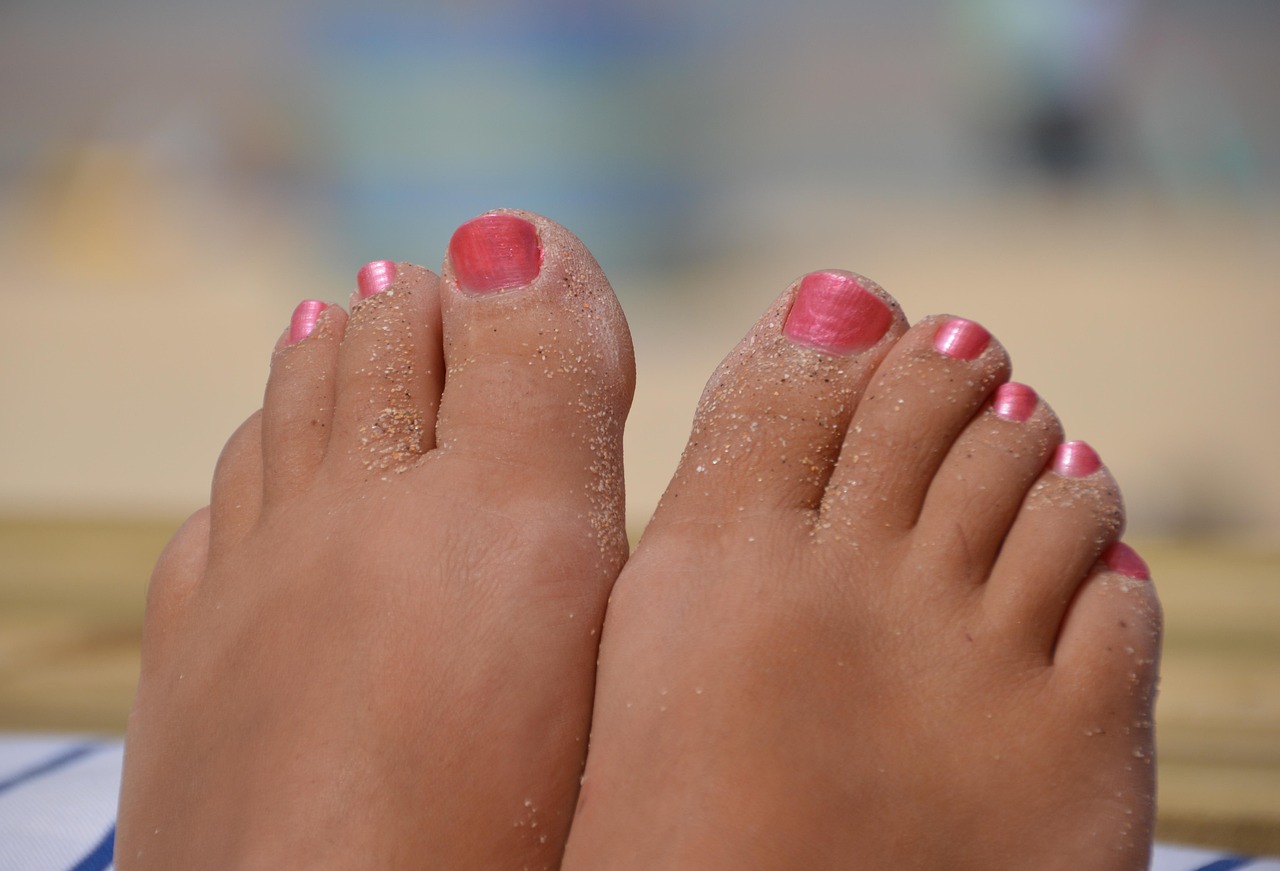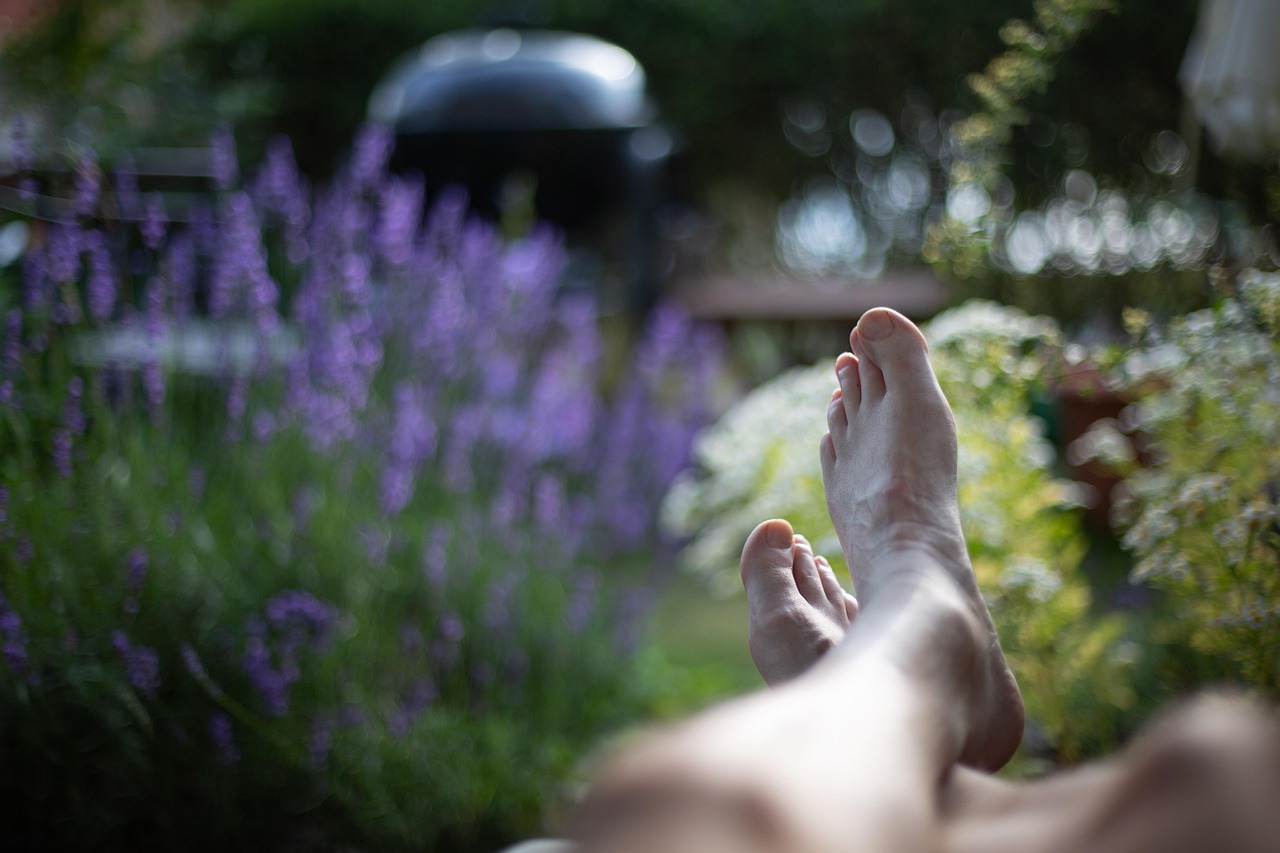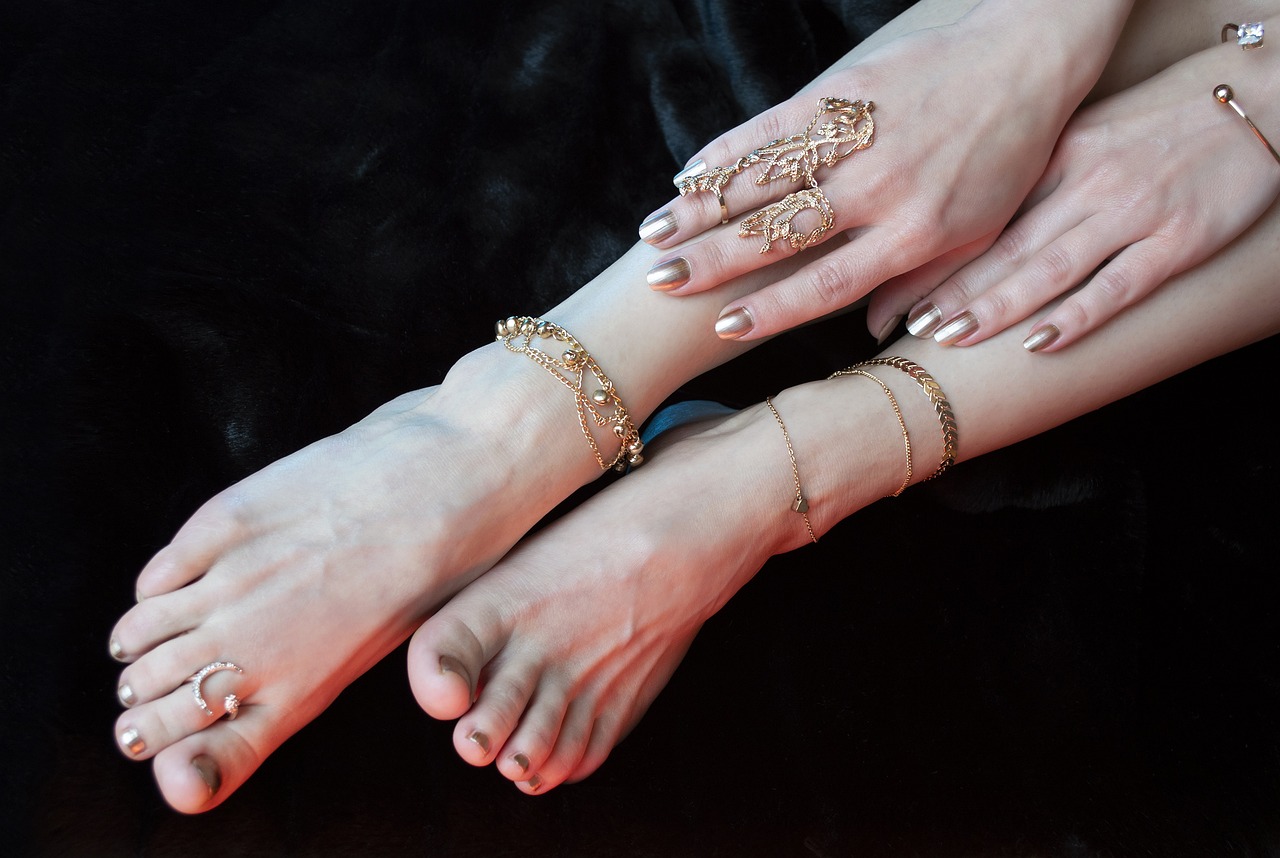Yes — and here’s why it matters more than you think.
When you think about sunburn, you probably picture red shoulders, peeling noses, or sore backs. But there’s one area most people forget: the heels of your feet.
Whether you’re walking barefoot on the beach, lounging by the pool, or wearing open-back sandals, your heels are just as exposed to UV damage as any other part of your body — and possibly even more vulnerable. The result? Dryness, peeling, cracking, and long-term skin damage that often goes untreated.
In this post, we’ll answer the question: Can sunburn affect the skin on your heels? Spoiler: Yes. And we’ll show you how to protect, soothe, and repair them properly with help from The Beauty Pure.
Table of Contents
Toggle☀️ Why Heel Skin Is Especially Vulnerable to Sunburn
The skin on your heels:
- Is naturally thicker, but less elastic
- Has fewer oil glands, making it prone to dryness
- Often goes unprotected by SPF
- Is exposed when wearing flip-flops, slides, or walking barefoot
Add sunlight + heat + dry air, and your heels become prime targets for:
- Burning and redness
- Peeling and flaking
- Post-sun cracking
- Darkened patches or discoloration
🔥 How to Tell If Your Heels Are Sunburned
Just like a sunburn on your back or face, heel sunburn may present as:
- Bright pink or red skin
- Tenderness to the touch
- Burning or itching sensation
- Peeling or cracking 1–3 days later
- Extra dryness even with regular moisturizing
Because the area is under pressure from walking, sunburned heels often worsen faster than other parts of the body.
🧴 How to Treat Sunburned Heels the Right Way
✅ Step 1: Cool the Area
- Soak your feet in cool (not ice cold) water for 5–10 minutes
- Avoid soaps or scrubs — they’ll irritate already-sensitive skin
- Gently pat dry with a soft towel
✅ Step 2: Apply a Healing Cream Immediately
Choose a product with soothing and hydrating ingredients like panthenol, allantoin, and urea.
👉 Best picks:
- Lapitak Foot Care Cream for mild burns and hydration
- Lapitak Cream for Cracked Heels for deep dryness or post-burn peeling
Apply generously 2–3 times per day and avoid tight shoes.
✅ Step 3: Wear Protective Footwear
Until the sunburn heals:
- Avoid walking barefoot on hot surfaces
- Skip tight sandals that cause friction
- Choose soft, cushioned, closed-back shoes
- Wear moisture-wicking socks if needed
✅ Step 4: Drink More Water
Sunburn dehydrates your skin from the inside out. Rehydrating helps the skin recover faster and reduces flaking and irritation.
✅ Step 5: Avoid Further UV Exposure
Until your heels are fully healed:
- Stay out of direct sun
- Apply SPF to your heels if they’ll be exposed
- Consider using light, breathable wraps when outdoors
☀️ How to Prevent Heel Sunburn in the Future
- Apply broad-spectrum SPF 30+ to your heels before any outdoor activity
- Reapply every 2 hours, especially if sweating or swimming
- Use foot-specific sunscreens or fragrance-free body SPF
- Moisturize your heels daily, even when indoors — sun-exposed skin needs help maintaining its barrier
👟 Bonus Tip: Don’t Confuse Peeling from Sunburn with Dryness
Peeling from sunburn can look like dry or cracked heels — but the treatment approach is different:
- Sunburn peeling: needs soothing and repair
- Dry heel peeling: needs exfoliation and hydration
Trying to exfoliate sunburned skin can make the damage worse. Focus on hydration first, then return to gentle exfoliation after 5–7 days.
Final Thoughts: Yes, Your Heels Can Get Sunburned — and It Matters
It’s easy to forget our feet when applying sunscreen, but they’re exposed just like the rest of our body. Sunburned heels are not only painful — they’re also more prone to long-term damage, cracking, and discoloration if not treated properly.
A little prevention (and the right aftercare) goes a long way in keeping your heels healthy and summer-ready.
👉 Explore The Beauty Pure for after-sun foot care products that heal, protect, and restore your heels — from beach day to every day.





